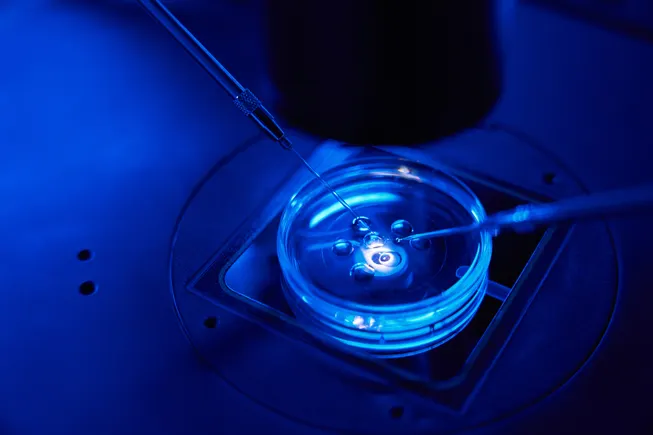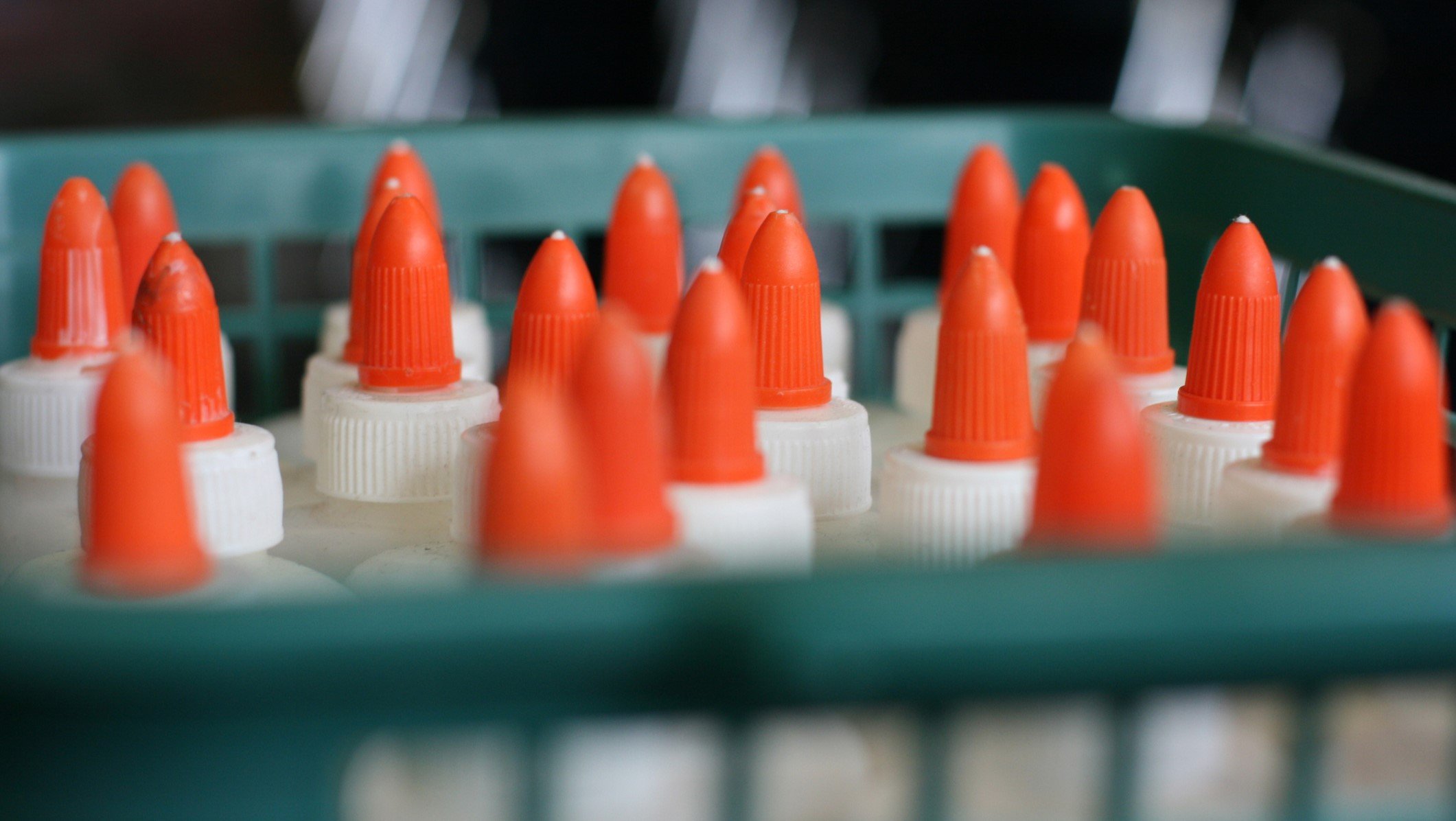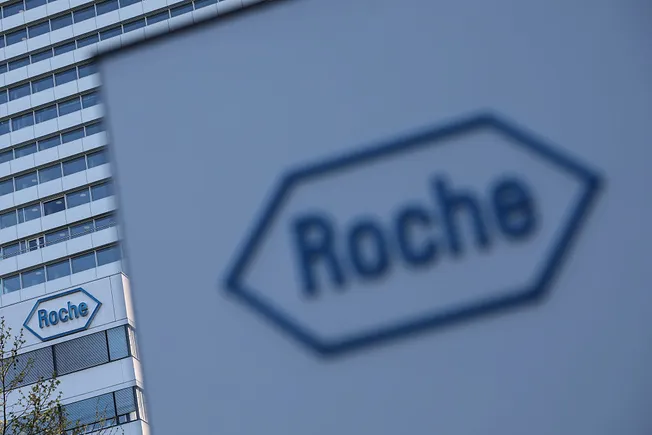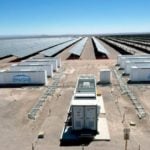Injectable Alginate/β‐TCP Composite Hydrogel Incorporating P34HB/MgO+PEG Coaxial Electrospun Microfibers for Minimally Invasive Treatment of Osteonecrosis
Advanced Healthcare Materials, EarlyView.

An injectable sodium alginate (SA)/β-tricalcium phosphate (β-TCP)&poly(3-hydroxybutyrate-co-4-hydroxybutyrate)/magnesium oxide and polyethylene glycol (P34HB/MgO+PEG; PMP) hydrogel is developed for minimally invasive treatment of avascular necrosis of the femoral head. In a rabbit model, 2%PMP significantly enhances osteogenesis and angiogenesis, offering tunable mechanics, degradation, and magnesium release for irregular bone defect repair.
Abstract
Avascular necrosis of the femoral head (ANFH) is a debilitating musculoskeletal disorder that is typically caused by impaired blood supply to the hip joint. In treating irregular bone defects that resulted from ANFH, injectable hydrogels are particularly attractive as they can be administered in a minimally invasive manner and conform to the variable shape of a bone defect. However, they often lack the biochemical and mechanical properties for effective bone repair. To address these issues, an injectable composite hydrogel, SA/β-TCP@PMP, composed of sodium alginate (SA) and β-tricalcium phosphate (β-TCP) crosslinked with glucono-delta-lactone (GDL), and enforced with varying concentrations of poly(3-hydroxybutyrate-co-4-hydroxybutyrate)/magnesium oxide and polyethylene glycol (P34HB/MgO+PEG; PMP) coaxial electrospun microfibers are formulated. By varying the concentrations (0%, 1%, 2%, 4%) of PMP microfibers, the physical properties of the composite hydrogel, including its injectability, surface morphology, swelling, degradation, and mechanical properties, as well as magnesium ions (Mg2+) release can be finely tuned. Among all, SA/β-TCP@2%PMP composite hydrogel demonstrates superior angiogenic and osteogenic properties, and promotes robust new bone formation in a rabbit model of steroid-induced ANFH. Overall, this novel composite hydrogel offers significant application potential for minimally invasive treatment of irregular bone lesions in ANFH.
















































































































































